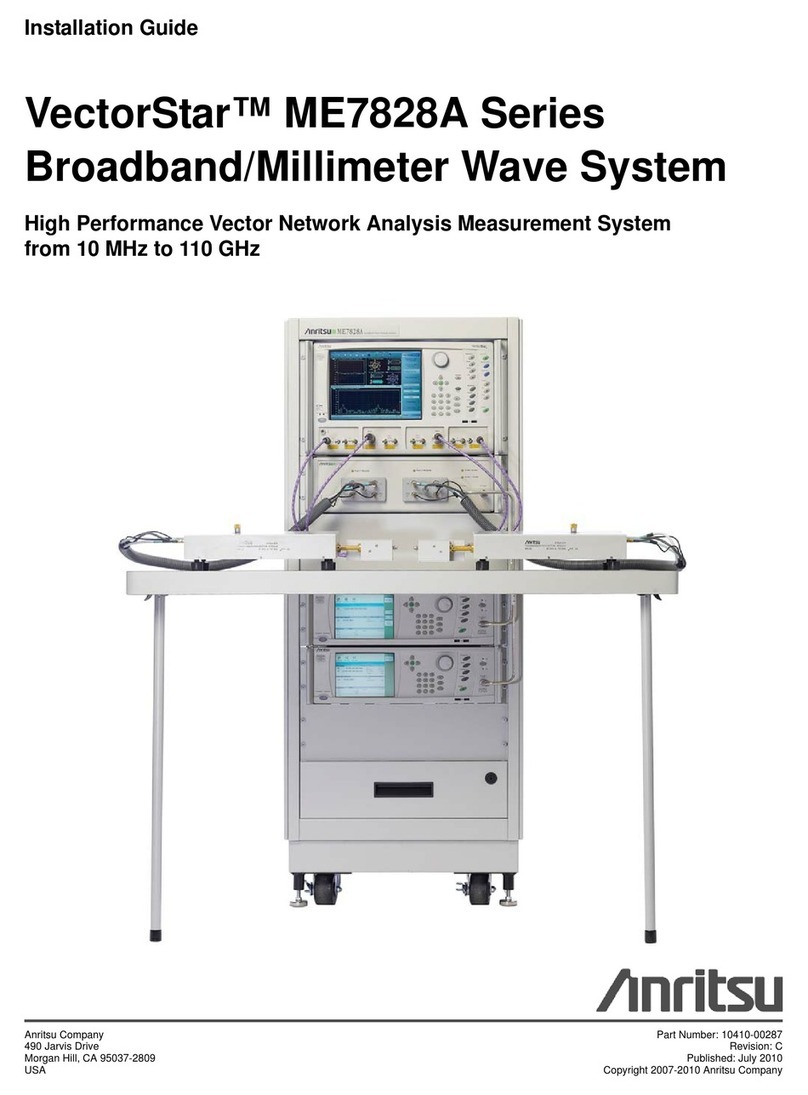
I
Title of Contents
For Safety ....................................................................................................................... iii
SECTION 1 GENERAL ................................................................................................... 1-1
1.1 Features......................................................................................................................... 1-1
1.2 Specifications ............................................................................................................... 1-2
1.3 Options ......................................................................................................................... 1-8
1.4 Composition ................................................................................................................. 1-8
SECTION 2 PREPARATIONS ....................................................................................... 2-1
2.1 Environmental Conditions of Installation Site ............................................................. 2-1
2.2 Safety Measures............................................................................................................ 2-1
2.3 Power Supply Voltage .................................................................................................. 2-1
2.4 Internal Battery Life ..................................................................................................... 2-1
2.5 Damage Prevention Measures ...................................................................................... 2-2
SECTION 3 DESCRIPTION OF PANELS AND CONNECTORS............................. 3-1
3.1 FRONT PANEL ........................................................................................................... 3-2
3.2 REAR PANEL.............................................................................................................. 3-4
SECTION 4 OPERATING INSTRUCTIONS ............................................................... 4-1
4.1 Internal Clock Generator Frequency Setting (OPTION 01)......................................... 4-1
4.2 Generation Pattern Setting............................................................................................ 4-3
4.2.1 Logic modification .......................................................................................... 4-4
4.2.2 Alternate pattern setting .................................................................................. 4-4
4.2.3 DATA pattern setting ...................................................................................... 4-6
4.2.4 ZERO SUBSTITUTION................................................................................. 4-7
4.2.5 Pseudo random pattern setting ........................................................................ 4-8
4.2.6 ERROR addition ............................................................................................. 4-9
4.2.7 Tracking .......................................................................................................... 4-10
4.2.8 Pattern SYNC position .................................................................................... 4-11
4.3 Output Interface............................................................................................................ 4-13
4.3.1 DUMMY terminal voltage switching ............................................................. 4-14
4.3.2 Amplitude, offset, and delay setting................................................................ 4-15
4.3.3 Duty adjustment .............................................................................................. 4-17
4.3.4 Cross point adjustment .................................................................................... 4-17
4.3.5 Offset voltage setting range............................................................................. 4-18




























